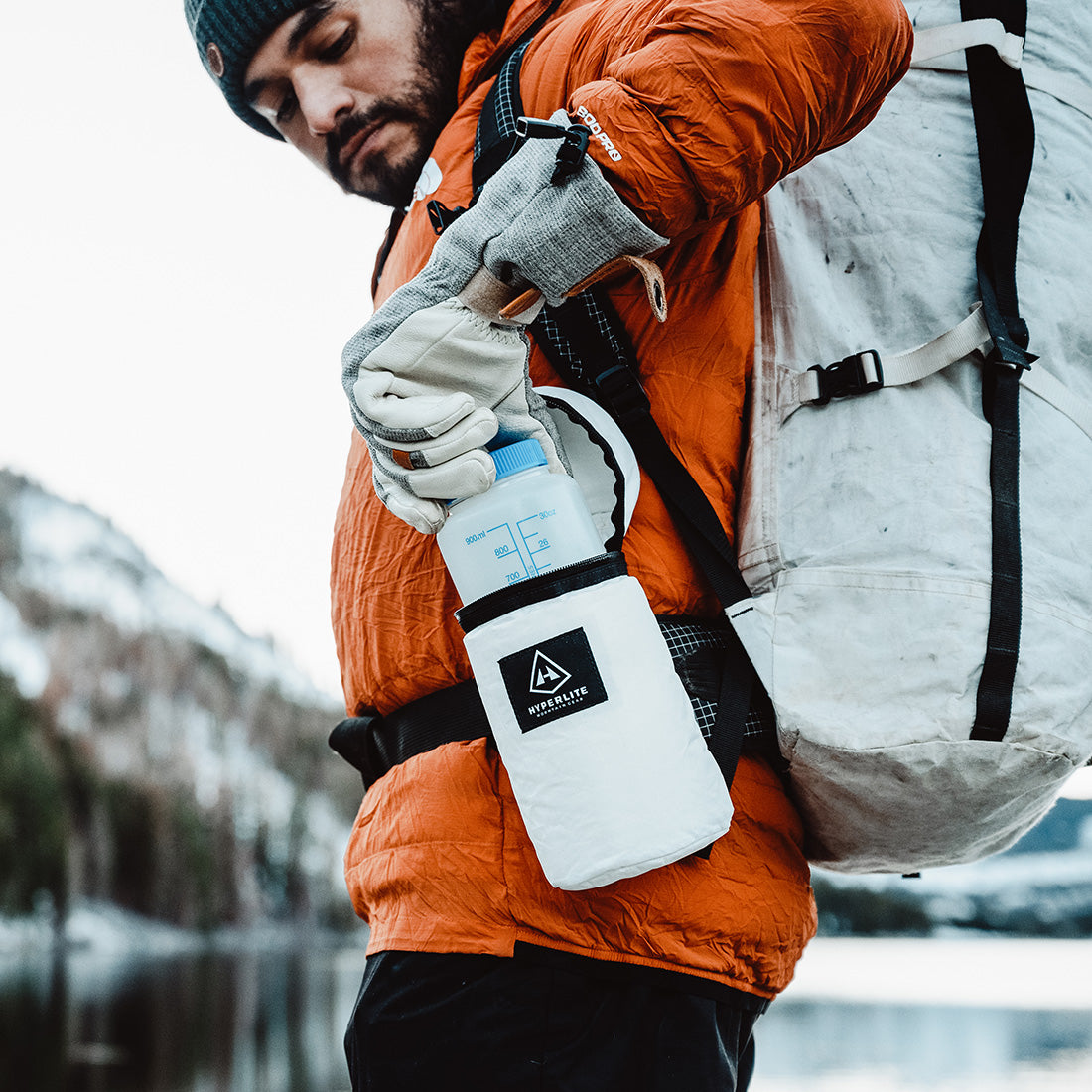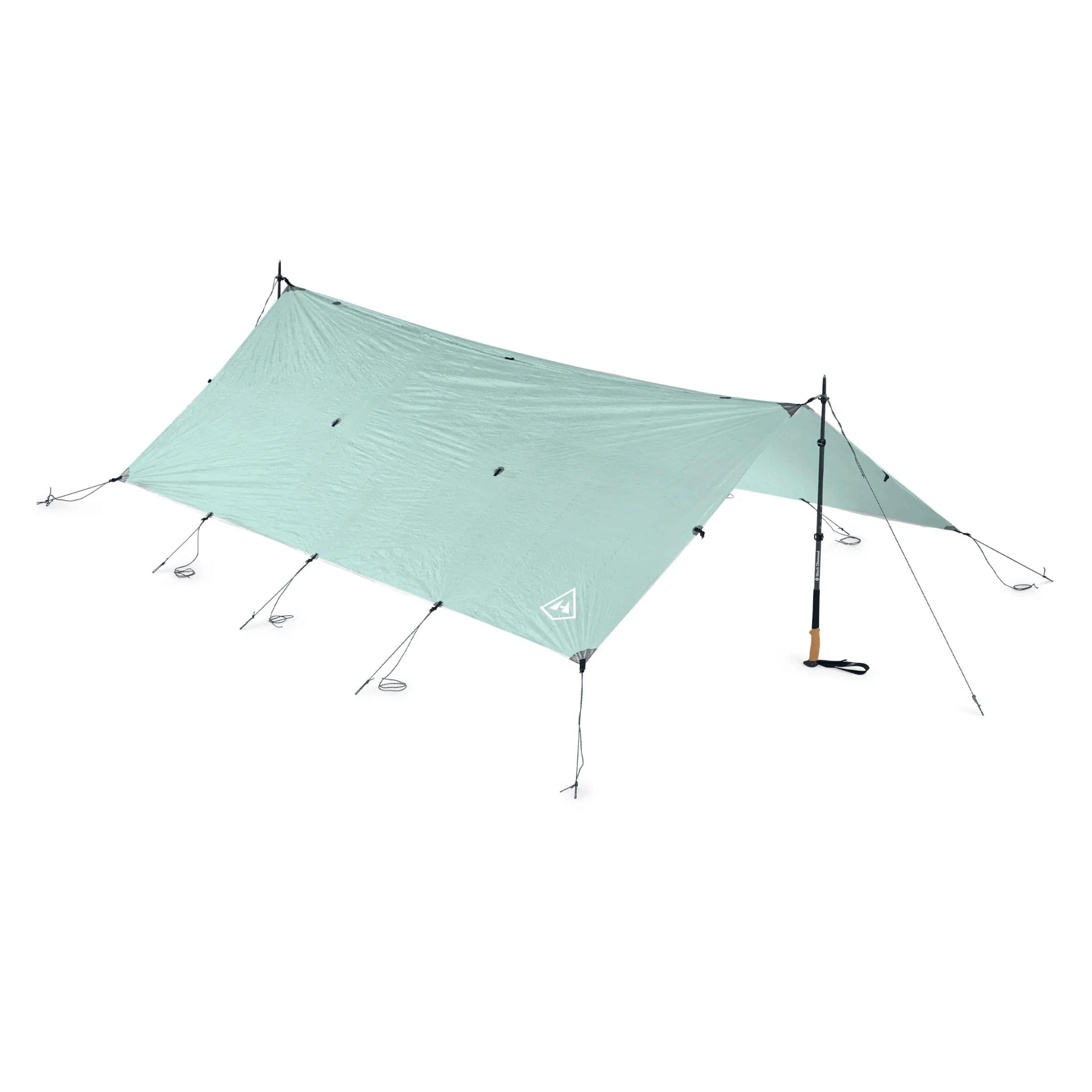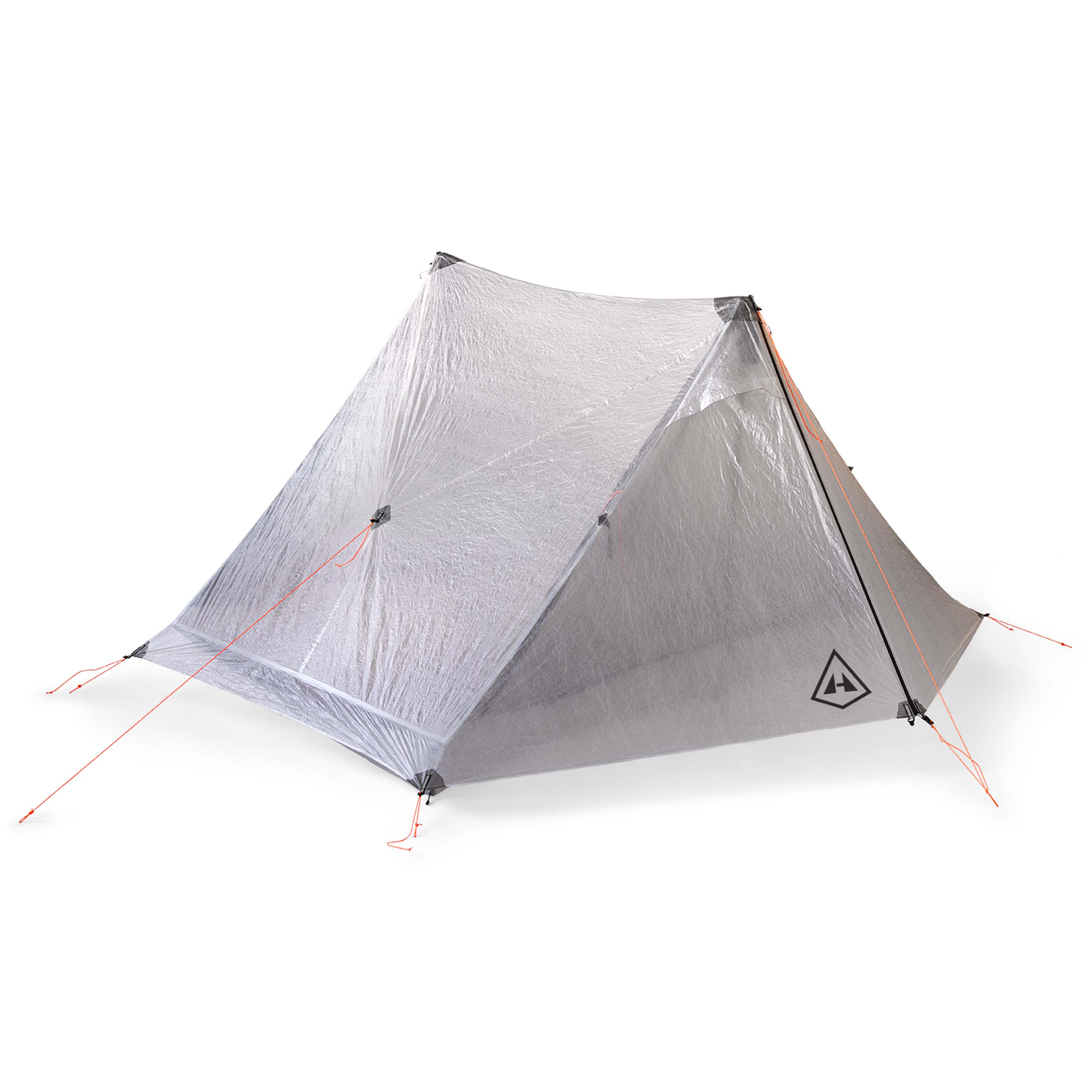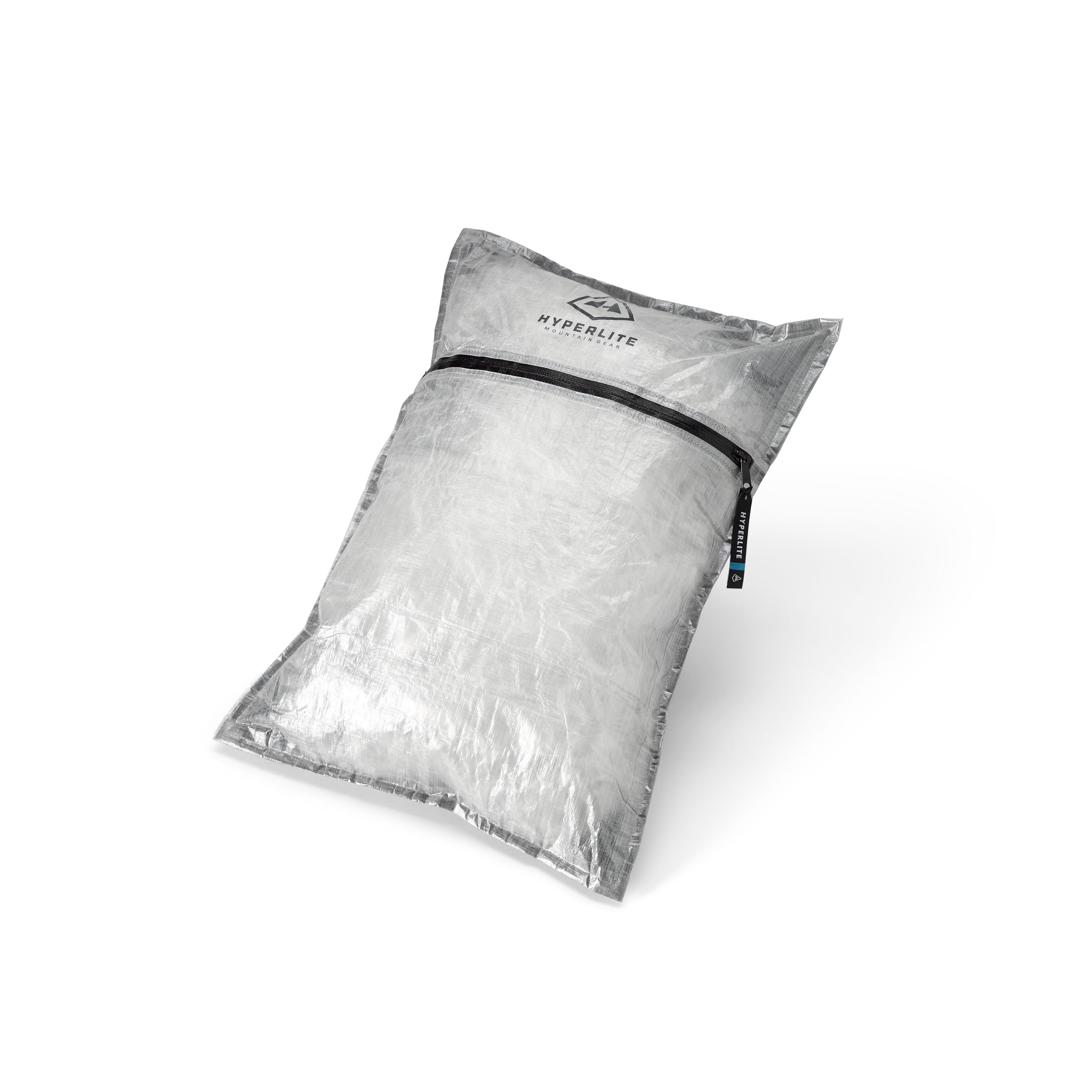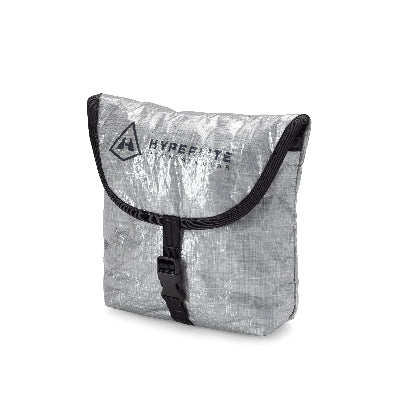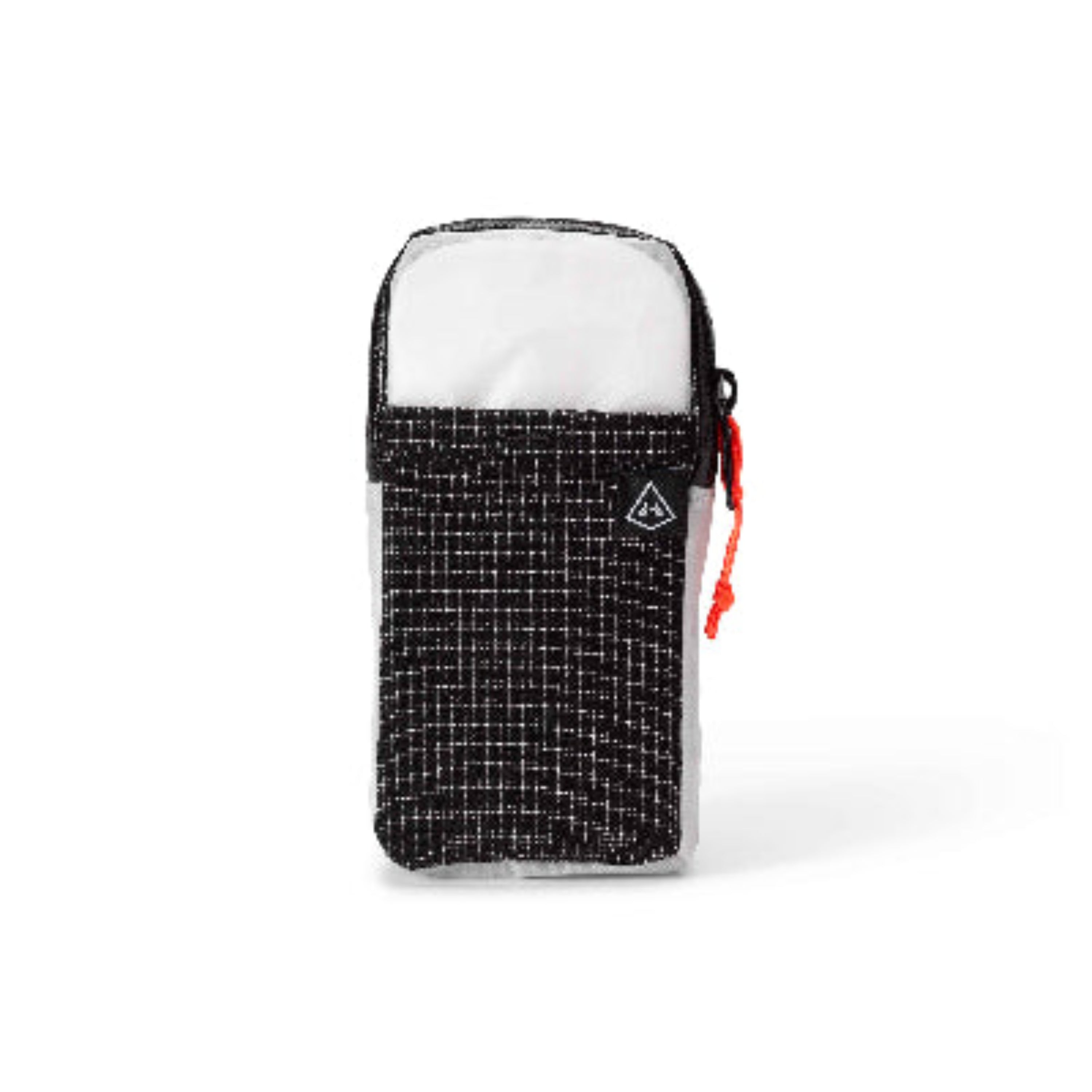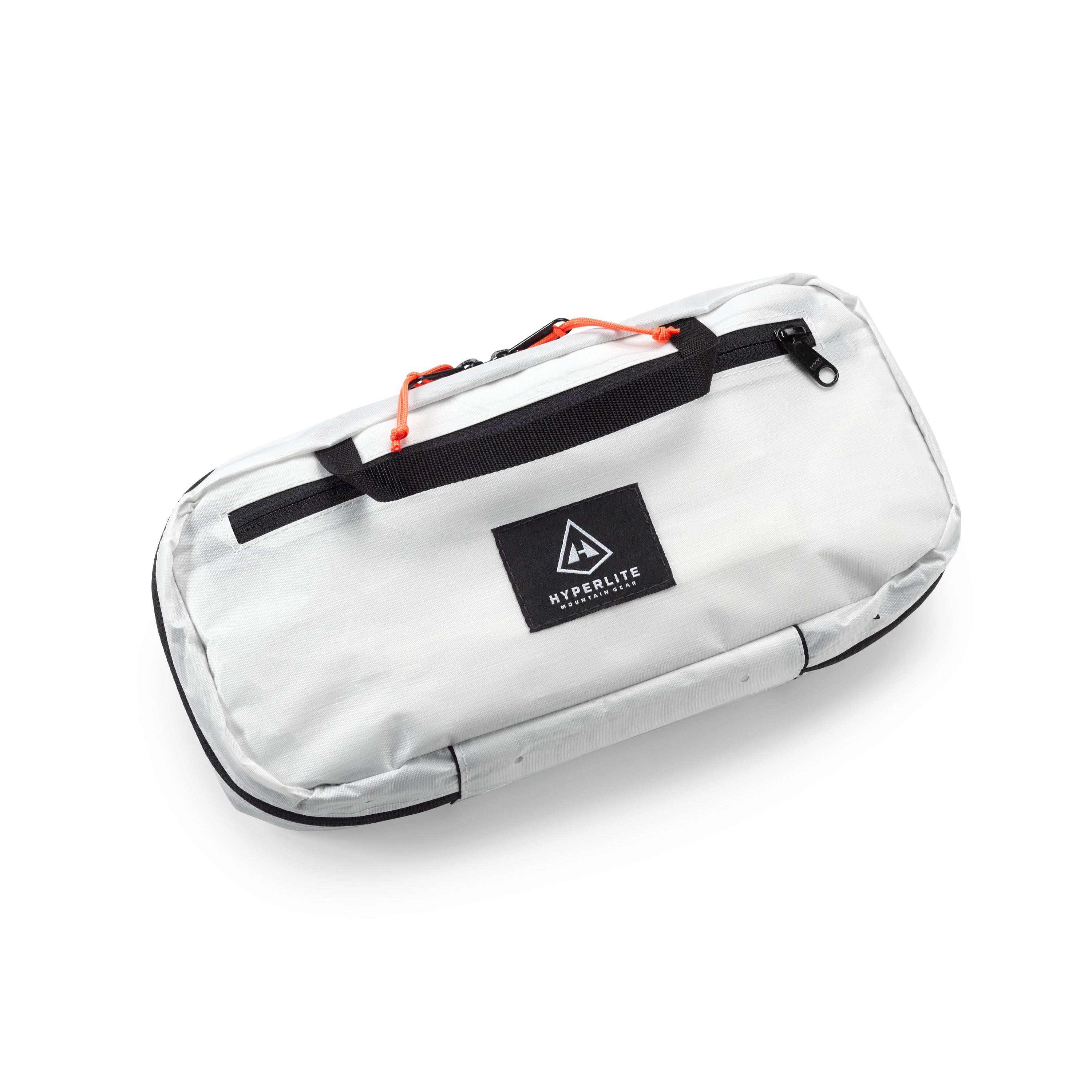Words & Photos by William Peterson
In late July, I set the record for the fastest thru hike of the 48 New Hampshire 4,000 footers, also known as the White Mountains Direttissima. In the course of five days, 13 hours, and five minutes, I hiked and ran about 252 miles with 80,000 feet of elevation gain, all while unsupported. If you want nitty-gritty details of the trip, click here for my trip report. In this post, I want to talk about the psychology of my Direttissima.
Moving from before dawn until after dusk, sleep was limited, and there was little time for breaks. I cut out time that would have been lost to meals by using a performance nutrition powder and drinking almost all of my food. When I did sleep, it was restless and frequently interrupted by sharp pain in my hips and knees. A couple of weeks prior, my first attempt at the Direttissima was derailed due to thunderstorms, so the weather was a constant worry.

Like many distance endeavors, the Direttissima is too long to be driven by adrenaline. In the midst of this kind of effort, one has ample time to process and reflect. I think this has the potential to be both a blessing and a curse. Alone with the mountains and my thoughts, there were times when it was impossible for me to ignore the doubts: will my body hold up today? Tomorrow? Will I get thwarted by storms again? But I also had time to rationalize the suffering: to understand that the pain is temporary, to accept that I can only control that which is within my reach (namely, not the weather), to anticipate how accomplished I will feel if I give myself fully to the attempt, and to reflect on how downtrodden I might become if I give up. More than the intense physical challenge, the Direttissima is a test of will and desire.
I have never been nor claimed to be an "elite" athlete. Almost exactly two years prior to breaking the Direttissima record, I went on my first solo one-day backpacking trip. After covering 14 miles in a single day, which was my largest day of hiking or running at the time, I was absolutely exhausted. The next year, when I set out on the Appalachian Trail, I started out hiking 12-14-mile days. This, too, was exhausting, but I knew that it was within my capacity. I gradually built up my mileage; once I was comfortable with 12-14, I switched to 15-17. I continued this process throughout the first 1,800 miles of the AT, slowly expanding the range of mileage that I was able to tolerate until I was averaging 27-30 through Connecticut, Massachusetts, and Vermont.

The AT provided me not only with a high physical baseline and incredible backpacking experience; it also taught me the right way to physically and mentally suffer in pursuit of a goal. Hiking the AT is an incredibly challenging mental endeavor, and to suffer positively in pursuit of such a goal is to find meaning in the challenge rather than becoming degraded or defeated by it. To paraphrase the brilliant psychological thinker Viktor Frankl in his book "Man's Search for Meaning":
"It does not really matter what we expect from life, but rather what life expects from us. We need to stop asking about the meaning of life, and instead to think of ourselves as those who were being questioned by life—daily and hourly."

Long-distance endeavors are a microcosm of life, and during such endeavors, we are being questioned. The question – the situation – is often beyond our control; however, our mental response to this interrogation decides our psychological fate.
After three days of the Direttissima, I had traveled 127 miles with 39,000 feet of elevation gain over 26 mountains. Physically, I was exhausted and hurting. Mentally, I was hopeful but worried. I hit the miles that I wanted to hit in the first half of the trip, but the forecast predicted possible thunderstorms rolling in by mid-morning the next day. Furthermore, while it was only mountain number 27 for the Direttissima, the next mountain (Mount Carrigain) was the last NH 4,000-footer that I had never climbed before.

I came to a difficult decision: I slept for about two hours, woke up at around 11 pm, and hiked on for another 41 miles. Reaching the top of Carrigain at 2:45 am was not a triumphant moment. I had worked toward finishing the NH 48 for almost four years, but my celebration was nothing more than taking a brief pause atop the summit tower and looking out into a void of blackness before hurrying on towards Mount Hale. This anticlimactic moment put me in a bad mental space for the next stretch of trail.
As I traversed over to Mount Hale from Mount Carrigain, it began to rain. The precipitation exasperated an already wet, overgrown, and muddy section of trail. In the blackness of the early morning, I was startled by no less than five moose (I'm sure I startled them a bit, too), and I would have lost one of my shoes in deep mud had it not been for the metal hook on one of my trail gaiters pulling it from the abyss. I was not having a good time.

About two days and 100 miles later, I reached the vacant and calm summit of Mount Cabot. I was fresh out of both food and water, but I had not a care in the world. I paused for a moment and leaned against the summit sign, considering the journey I had just been through. True, my hike didn't technically end until reaching the bottom of the mountain, but just as I was alone on the summit of Cabot, so too was I alone in having thru-hiked the 4,000 footers of New Hampshire faster than anyone in history. I cannot describe to you my emotions at that moment other than to say that I was whole.
This is all to say that the Direttissima presented me with immense mental challenges, and it in no way came easy to me. But pushing myself past my physical and mental limits forced me to confront suffering and find meaning in it. If I can learn to find meaning in difficulty on the trail, perhaps I will be better equipped to find meaning in life's difficult situations off-trail. I suspect this search for meaning is what draws so many people to undertake these sorts of brutal endeavors. It is certainly the driving force for me, and I know that life has a lot left to ask.



